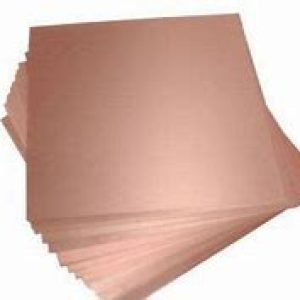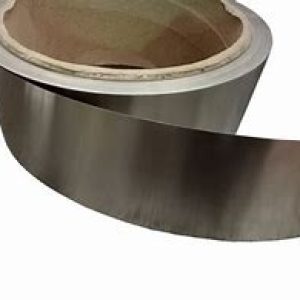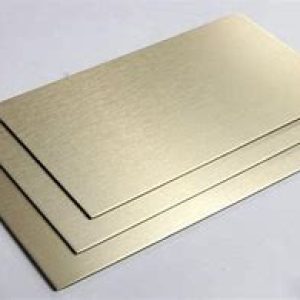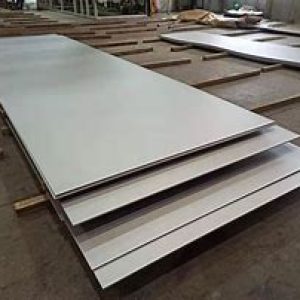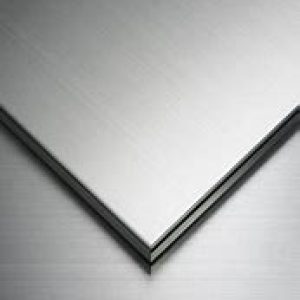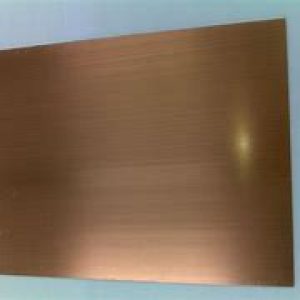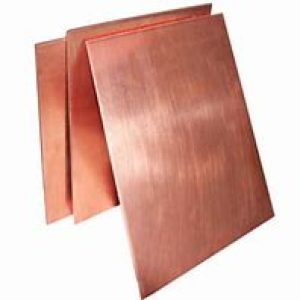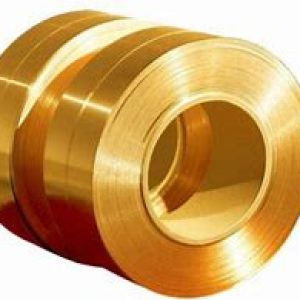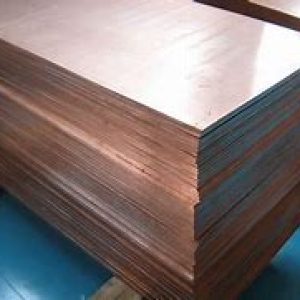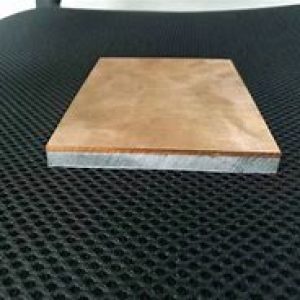Copper steel composite panels combine the aesthetic appeal and corrosion resistance of copper with the strength and cost-effectiveness of steel, offering a versatile material solution for architectural facades, roofing, and interior design. Key parameters that define the characteristics and performance of copper steel composite panels are:
- Copper Layer Thickness: The thickness of the outer copper layer varies, typically ranging from 0.3mm to 1.0mm, depending on the desired finish, durability, and cost considerations.
- Steel Substrate: The inner layer is usually made of galvanized steel or stainless steel, chosen for its strength, stability, and corrosion resistance. The thickness of this substrate can range from 0.5mm to several millimeters.
- Bonding Agent: A strong adhesive layer bonds the copper and steel layers together. The choice of adhesive is crucial for ensuring long-term adhesion and preventing delamination under varying environmental conditions.
- Surface Finish: Copper can be finished in various ways, including natural (which develops a patina over time), pre-patinated, mirror-polished, brushed, or patterned, influencing the panel’s visual impact and maintenance requirements.
- Dimension and Tolerance: Panels come in standard sizes or can be customized, with typical dimensions ranging from 1220mm x 2440mm up to larger formats. Tight manufacturing tolerances ensure precise fitting and alignment during installation.
- Panel Thickness: Total panel thickness includes both copper and steel layers plus the adhesive, usually ranging from 2mm to 6mm or more, depending on the application’s structural and aesthetic needs.
- Corrosion Resistance: The combination of copper and steel provides enhanced corrosion resistance, with the copper layer acting as a sacrificial anode to protect the underlying steel in aggressive environments.
- Formability: Copper steel composite panels can be bent, folded, or shaped to accommodate complex architectural designs, subject to the limitations of the materials and manufacturing processes.
- Fire Resistance: The composite’s fire-resistant properties depend on the specific steel substrate used and can be tailored to meet various fire safety regulations.
- Installation System: Panels are installed using concealed fixings, rainscreen systems, or other mounting methods, which must be compatible with the panel’s weight, size, and the building’s structural requirements.
-
Weather Resistance: Copper’s natural weathering properties combined with the stability of the steel substrate make these panels suitable for outdoor applications, resisting UV degradation and weathering effects.


